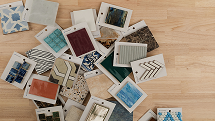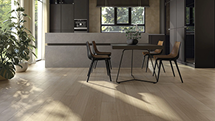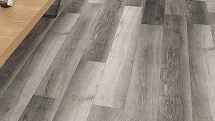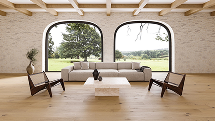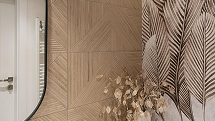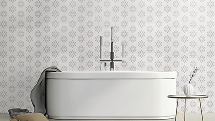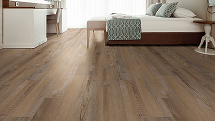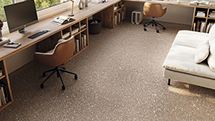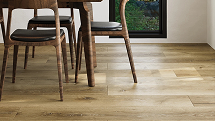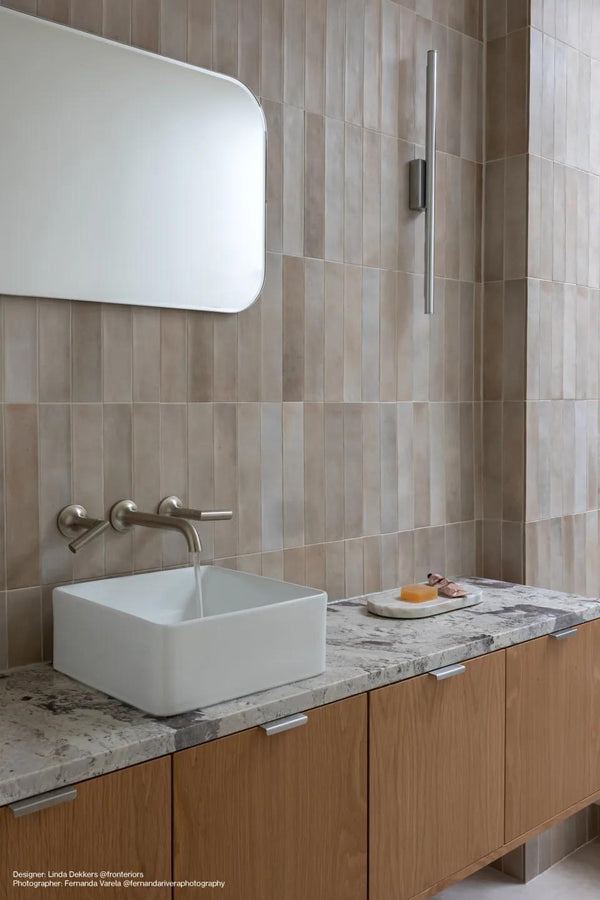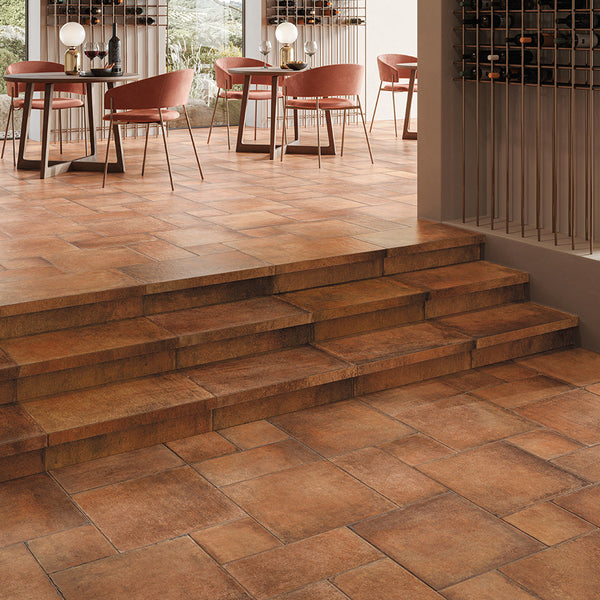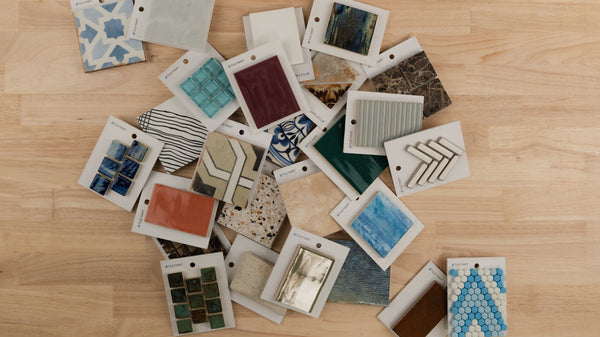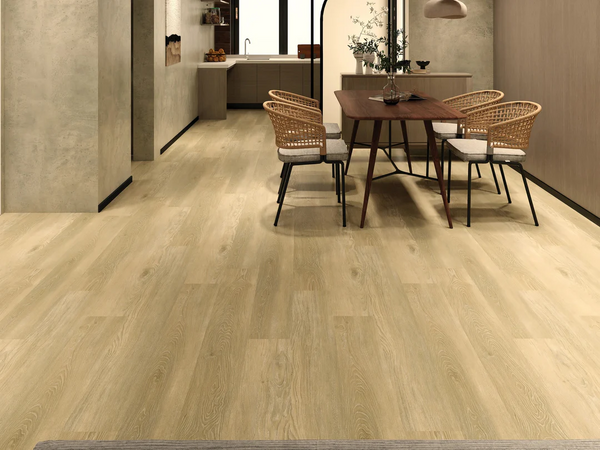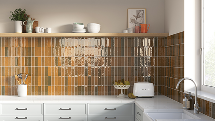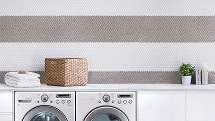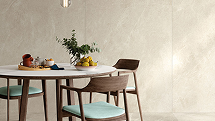The Ultimate Guide to Stunning Floor Tile Patterns
Key Highlights
- Learn about the different types of floor tile patterns that can enhance the beauty of your space
- Explore elegance and versatility of single tile patterns such as square grids and diagonal grids
- Discover innovative two-tile patterns like chevron and herringbone that create visual interest
- Master the art of three-tile patterns like trellis layouts and block patterns for intricate designs
- Em specialty patterns like hexagon tile geometric shapes to create unique spaces
- Design with color and texture to enhance the beauty of your floor tile patterns
Introduction
Welcome to the Ultimate Guide to Stunning Floor Tile Patterns. From ceramic to natural stone, floor tiles offer a myriad of design possibilities to elevate your space. Whether it’s the classic elegance of square grid patterns or the modern flair of chevron layouts, tile patterns can transform any room. Explore the beauty of single, two-tile, and three-tile patterns, each creating a unique design statement. With an array of colors and textures to choose from, let's delve into the world of floor tile patterns.
Exploring the Beauty of Single Tile Patterns
Single tile patterns offer a classic elegance to any space. The simplicity of square grid patterns provides a timeless appeal, while diagonal grids add a dynamic flair. These patterns, using ceramic or natural stone tiles in various sizes, can transform floors or walls into stunning design features. By exploring different colors and textures, single tile patterns elevate the aesthetic of a room to the next level, offering a range of design possibilities for a unique and sophisticated look.
The Elegance of Square Grid Patterns
Square grid patterns exude timeless sophistication in any space. The uniformity of square tiles creates a sense of order and balance, perfect for achieving a classic look with a modern twist. These patterns are versatile and can adapt to various design styles, from traditional to contemporary. By playing with grout colors and tile sizes, square grid patterns offer endless design possibilities, adding a touch of elegance to floors, walls, or backsplashes. Embrace the simplicity and charm of square grid patterns for a sophisticated aesthetic.
Versatility of Diagonal Grids for Dynamic Spaces
Incorporating diagonal grid patterns in flooring offers a dynamic twist to spaces, creating visual interest and a sense of movement. The diagonal layout can elongate rooms, adding a modern touch to traditional spaces. By using different colors or tile sizes in this pattern, you can achieve a unique design that sets your space apart. The versatility of diagonal grids enables endless design possibilities, making it a popular choice for those looking to take their floor tile patterns to the next level.
Innovative Two-Tile Pattern Ideas
Creating visual interest can elevate your space with innovative two-tile patterns like Chevron and Herringbone. These patterns offer a modern twist on traditional layouts, adding depth and style to your floors. Chevron tiles create a dynamic V-shaped design, while Herringbone arranges tiles in a staggered zigzag pattern for a unique look. By experimenting with these two-tile patterns, you can achieve a contemporary and visually captivating flooring design that will impress any guest.
Creating Visual Interest with Chevron and Herringbone
Chevron and herringbone patterns offer a modern twist to traditional designs, adding visual interest and depth to any space. The chevron pattern features a V-shaped design, while the herringbone pattern creates a zigzag effect. By alternating the orientation of rectangular tiles, these patterns exude sophistication and uniqueness. Whether using ceramic, porcelain, or natural stone tiles, exploring these layouts can elevate your floor tile design to a whole new level of elegance and style.
The Classic Charm of Basketweave Designs
Basketweave designs offer a timeless appeal with their interlocking rectangular tiles resembling the traditional pattern of woven baskets. This classic layout adds a touch of elegance to any space, from bathrooms to kitchens. By alternating between horizontal and vertical placements of tiles, the basketweave pattern creates a visually captivating look that is both sophisticated and welcoming. Its versatility allows for incorporating different colors and materials, such as ceramic or natural stone, to achieve a unique design that exudes warmth and charm.
Mastering the Art of Three-Tile Patterns
Creating intricate designs with three-tile patterns elevates your space to the next level. Trellis layouts offer a blend of elegance and complexity, perfect for a sophisticated look. On the other hand, block patterns bring a modern touch with their structured arrangement. These versatile designs with varying tile sizes open up a world of possibilities for adding depth and character to your floors. Embrace the challenge of intricate layouts to achieve a one-of-a-kind flooring design.
The Intricacy of Trellis Layouts
Trellis layouts in floor tile patterns offer a sophisticated touch, mimicking the intricate designs found in garden structures. By interlacing rectangular tiles in a crisscross fashion, a trellis pattern adds a layer of complexity to your space. These patterns can elevate any room, from kitchens to bathrooms, bringing a sense of elegance and charm. The repetition and symmetry in trellis layouts create a captivating visual appeal, showcasing the endless design possibilities within NLP terms such as ceramic tile and decor.
Block Patterns for a Modern Touch
Block patterns offer a contemporary twist to floor designs, ideal for those seeking a modern aesthetic. By utilizing rectangular tiles in a straightforward layout, block patterns can create a sleek and sophisticated look in any space. Mixing tile sizes or colors within the pattern can add depth and visual interest to the floor, making it a popular choice for modern interiors. The simplicity of block patterns complements minimalist styles while still making a bold statement in the overall design scheme.
Specialty Patterns for Unique Spaces
Hexagon tile arrangements and octagon with a dot offer a fresh take on classic designs, ideal for creating bold statements in unique spaces. Embrace the geometric allure of these patterns to elevate your décor with sophistication and style. The intricate layouts of these specialty patterns bring a modern twist, making them a perfect choice for those seeking to add a touch of individuality to their floors. Explore the endless design possibilities with these distinctive tile arrangements that push the boundaries of traditional flooring aesthetics.
The Allure of Hexagon Tile Arrangements
Hexagon tile arrangements offer a unique design twist, breaking away from traditional square and rectangular tiles. The six-sided shape adds a touch of modern flair to any space, whether used on floors or walls. The versatility of hexagonal tiles allows for creative layouts, from classic patterns to intricate designs. Their geometric appeal opens up a world of design possibilities, making them a popular choice for those looking to take their tile patterns to the next level.
Embracing Geometric Shapes with Octagon and Dot
Octagon and Dot floor tile patterns offer a unique design twist, adding a touch of sophistication to your space. By incorporating geometric shapes like octagons and dots, you can elevate your flooring to the next level. The contrasting shapes create a visually appealing pattern that can make any room stand out. These patterns come in various color combinations, providing endless design possibilities for your home décor. Octagon and Dot patterns are a great way to add a distinct charm to your floors.
Designing with Color and Texture in Tile Patterns
Enhancing your space with ceramic, porcelain, or natural stone floor tiles opens a world of design possibilities. Mixing different colors and textures can take your floor tile pattern to the next level, adding depth and character. Consider incorporating unique designs like checkerboard layouts or subway tiles in various hues to create a visually striking effect. Whether you prefer a classic look with neutral tones or a more vibrant aesthetic, playing with color and texture in your tile patterns allows for endless creativity.
Enhancing Spaces with Colorful Tile Combinations
Colorful tile combinations can add vibrancy and personality to any space. Whether you prefer bold and bright hues or subtle and soft tones, there are endless design possibilities to explore. By using colorful tiles, you can enhance the overall aesthetic of a room and create a focal point that draws the eye. Consider using different colors in a herringbone or offset brick pattern to add visual interest and depth. You can also mix and match colors in a random or chevron pattern for a more eclectic and playful look. Don't be afraid to experiment with different color combinations to find the perfect balance that suits your style and enhances the beauty of your space.
Mixing Textures for a Tactile Experience
If you want to create a unique and visually appealing tile pattern, consider mixing different textures. Textured tiles can add depth and dimension to your space, creating a tactile experience that is both visually and physically engaging. For example, you can combine smooth and glossy tiles with rough and matte tiles to create a contrast that is visually striking. Another option is to mix mosaic tiles with larger format tiles to create a dynamic and eye-catching pattern. By playing with different textures, you can create a one-of-a-kind design that adds interest and personality to any room. Whether you choose to mix textures in a grid pattern or a more complex layout, the result will be a stunning tile pattern that is sure to impress.
The Impact of Grout Color on Tile Patterns
The color of grout used during tile installation can have a significant impact on the overall look of your tile patterns. It can either create a contrast that highlights the individual tiles or blend seamlessly for a more cohesive and uniform appearance. Choosing the right grout color is essential to achieving the desired effect. For example, using a contrasting grout color can make a herringbone pattern stand out and add visual interest. On the other hand, using a grout color that matches the tiles can create a more seamless and integrated look.
Choosing the Right Grout Color for Contrast
When it comes to creating contrast in your tile patterns, choosing the right grout color is crucial. By selecting a grout color that contrasts with the tiles, you can highlight the individual tiles and create a visually striking effect. For example, if you have light-colored tiles, using a dark grout color can make the pattern pop and add depth to the overall design. On the other hand, if you have dark-colored tiles, using a light grout color can create a bold and eye-catching contrast. The key is to experiment with different grout colors to find the perfect balance that enhances the beauty of your tile pattern and complements the overall aesthetic of your space.
Coordinating Grout for a Seamless Look
If you prefer a more seamless and integrated look for your tile patterns, coordinating the grout color with the tiles is the way to go. By using a grout color that matches or closely resembles the color of the tiles, you can create a cohesive and uniform appearance. This approach is especially effective for creating a clean and modern look. The tiles and grout blend together seamlessly, allowing the pattern to take center stage without any distractions. Whether you choose to coordinate the grout for a grid pattern or a more complex layout like the Versailles pattern, the result will be a stunning tile pattern that exudes elegance and sophistication.
Installation Tips for Perfect Tile Patterns
Proper installation is crucial for achieving perfect tile patterns. Whether you're a DIY enthusiast or hiring a professional, having the essential tools and following the right techniques is key. Some essential tools for tile installation include a notched trowel, tile cutter, grout float, and spacers. It's important to prepare the surface properly, ensure proper adhesive coverage, and carefully align the tiles to achieve symmetry and precision. Taking the time to plan and execute the installation correctly will ensure that your tile patterns look flawless and stand the test of time.
Essential Tools for DIY Tile Installation
If you're planning to install tile patterns yourself, having the right tools is essential for a successful project. Some essential tools for DIY tile installation include a notched trowel, tile cutter, grout float, and spacers. A notched trowel is used to spread the adhesive evenly on the surface before placing the tiles. A tile cutter is necessary for cutting the tiles to fit the desired pattern and size. A grout float is used to apply grout to the spaces between the tiles, and spacers help maintain consistent spacing and alignment. By having these essential tools and following proper installation techniques, you can achieve professional-looking tile patterns that enhance the beauty of your space.
Techniques to Ensure Alignments and Symmetry
Achieving perfect alignment and symmetry in tile patterns requires careful planning and execution. Using the right techniques can help ensure that your tiles are laid out precisely and symmetrically. One technique is the 1/3 offset, where each tile is offset by one third of its length, creating a staggered diagonal effect. Another technique is the Versailles pattern, which uses a combination of square and rectangular tiles to create a puzzle-like, repeating design. To help visualize these techniques, consider the following text table:
|
Technique |
Description |
|
1/3 Offset |
Each tile offsets the tile below it by one third of its length |
|
Versailles Pattern |
Combination of square and rectangular tiles for a repeating design |
By using these techniques and paying attention to detail during installation, you can achieve beautiful and symmetrical tile patterns that elevate the overall aesthetic of your space.
Conclusion
In conclusion, floor tile patterns offer endless design possibilities to transform your space. Whether you prefer classic elegance or modern flair, there's a pattern to suit every style. From single tiles to intricate layouts, each pattern brings its own charm. Experiment with colors, textures, and grout to create a customized look that reflects your personality. Remember to consider functionality along with aesthetics, especially in high-traffic areas. With the right tools and installation techniques, you can achieve stunning results that elevate the beauty of your home. Embrace creativity and let your floors make a statement!
Frequently Asked Questions
What is the Most Durable Tile Pattern for High Traffic Areas?
The most durable tile pattern for high traffic areas is one that uses ceramic tiles. Ceramic tiles are known for their durability and resistance to wear and tear. They can withstand heavy foot traffic without losing their beauty and integrity, making them the ideal choice for spaces that experience a lot of activity.
How to Choose the Right Tile Pattern for Small Spaces?
When choosing a tile pattern for small spaces, it's important to consider the size and layout of the room. Opting for smaller tiles can create the illusion of a larger space, while larger tiles can make a small space feel more intimate. Porcelain tiles are a great option for small spaces as they come in a variety of sizes and designs, giving you endless design possibilities to choose from.
Can Different Tile Patterns be Mixed in One Room?
Yes, different tile patterns can be mixed in one room to create a unique and visually appealing design. By combining different patterns, you can add depth and interest to the space. Consider using tile samples to visualize different combinations and take your design to the next level.

